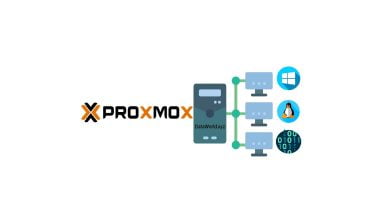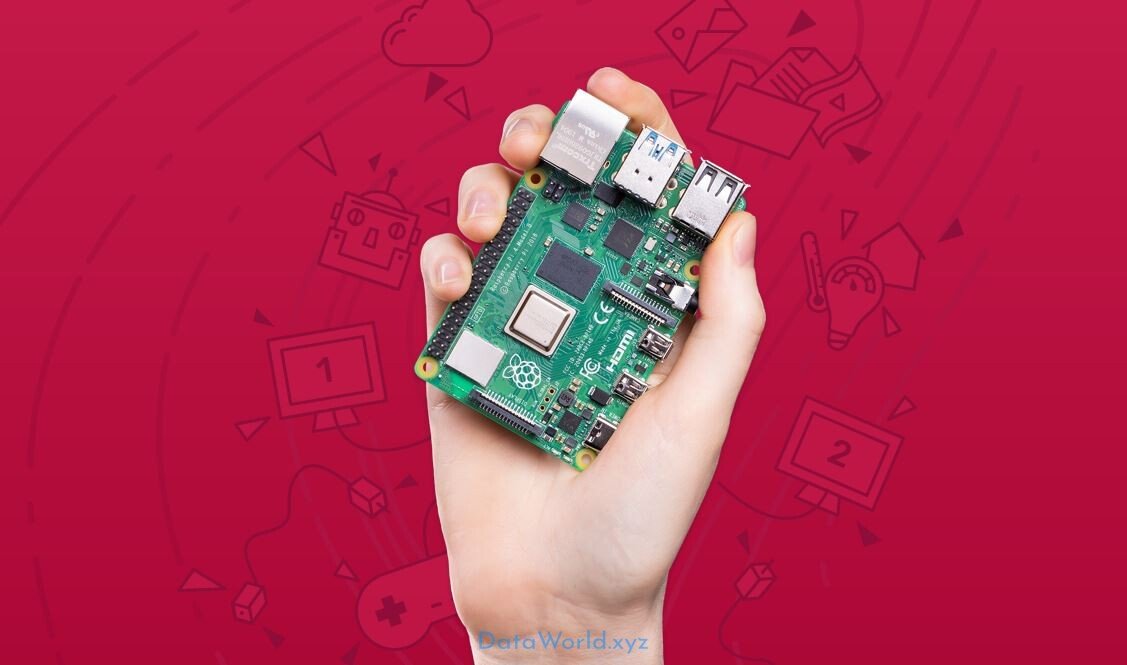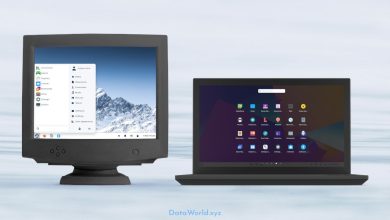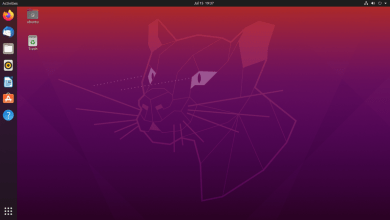
Mx Linux Full Details and System Requirements
MX Linux is a cooperative venture between the antiX and MX Linux communities. It is a family of operating systems that are designed to combine elegant and efficient desktops with high stability and solid performance. MX’s graphical tools provide an easy way to do a wide variety of tasks, while the Live USB and snapshot tools inherited from antiX add impressive portability and remastering capabilities. Extensive support is available through videos, documentation and a very friendly Forum.
XFCE
MX Linux – Xfce is our flagship. It is a midweight desktop environment that aims to be fast and low-resource, while still being attractive and user-friendly. It augments the native Xfce configuration with unique features:
- Modular core components for the full functionality expected from a modern desktop environment.
- A collection of powerful and handy “MX Tools” that cover a range of actions from Boot Options to Repository management.
- A fast Package Installer covering Popular Applications, MX Test Repo, Debian Backports and Flatpaks.
- An extensive collection of wallpapers, themes, conkies and icon sets for customization.
KDE
KDE is well known for its advanced desktop “Plasma” and a wide variety of powerful applications. MX Linux – KDE has the following features:
- Excellent tools such as Dolphin file manager and KDEConnect ease common tasks.
- MX Tools such as Snapshot or Package Installer are at your fingertips.
- Activities with different icons, wallpapers and general look and feel can be set up.
- Extra themes, icon packs, cursors, widgets and splash screens are ready to be enabled.
Fluxbox
MX Linux – Fluxbox unites the speed, low resource use and elegance of Fluxbox with the toolset from MX Linux. The result is a lightweight and fully functional system that has many unique features:
- Extended hardware support by virtue of low graphical requirements.
- Restricted base default package set gives the user easy control over components.
- Many unique apps ease and enliven user experience.
- Native dock and icon management tools join the tint2 panel for desktop customization.
This OS functions as well on older low-capacity machines as on fast modern ones.
Mx Linux System requirements
For an MX Linux system installed on a hard drive, you would normally need the following
components.
Minimum
- A CD/DVD drive (and BIOS capable of booting from that drive), or a live USB (and
BIOS capable of booting from USB) - A modern i686 Intel or AMD processor
- 1GB of RAM memory
- 6 GB free hard drive space
- For use as a LiveUSB, 4 GB free.
Recommended
- A CD/DVD drive (and BIOS capable of booting from that drive), or a live USB (and
BIOS capable of booting from USB) - A modern i686 Intel or AMD processor
- 2 GB of RAM memory or more
- At least 20 GB free hard drive space
- A 3D-capable video card for 3D desktop support
- A SoundBlaster, AC97 or HDA-compatible sound card
- For use as a LiveUSB, 8 GB free if using persistence.





